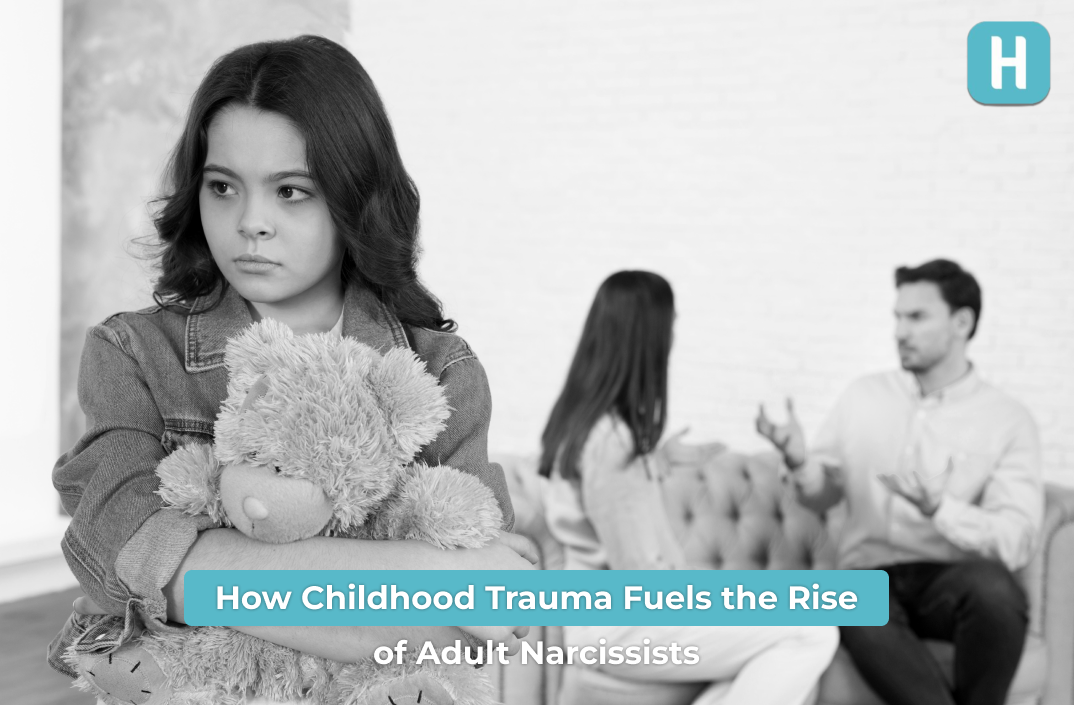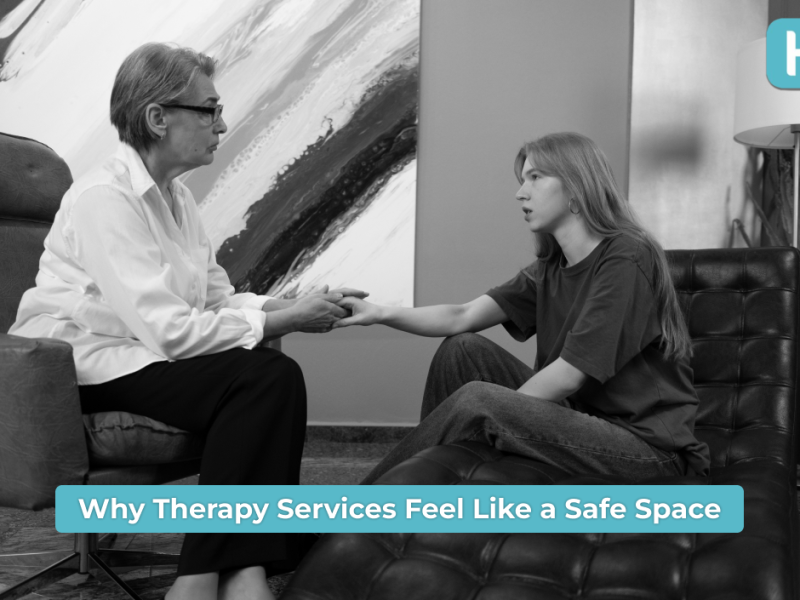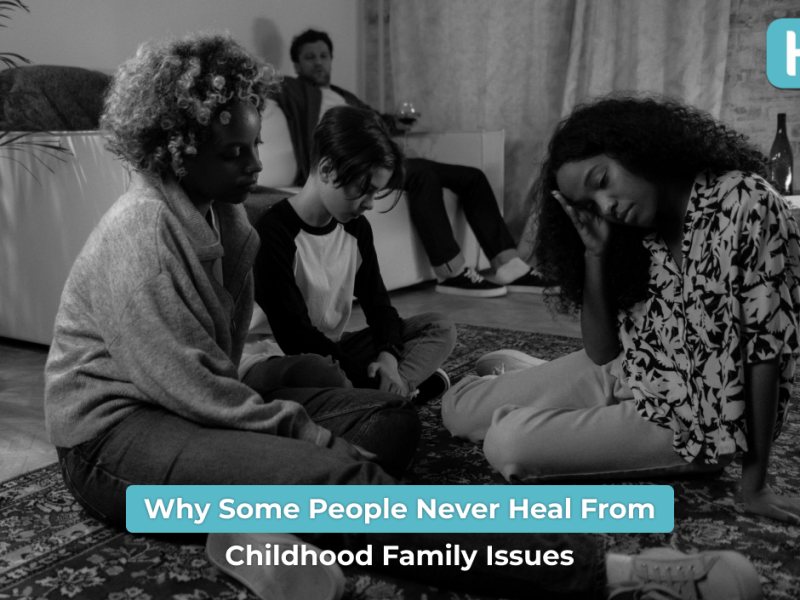When people hear the word narcissist, they usually think of someone who is self-centered, controlling, or lacking empathy. But behind this mask, there is often a much deeper story. Research and lived experiences show that Childhood Trauma is one of the strongest roots of adult narcissistic behavior. The experiences children go through in their earliest years, abuse, neglect, rejection, or even overly conditional love, can shape who they become in powerful ways.
As adults, these individuals often struggle with relationships, self-identity, and empathy. The walls they build to protect themselves from pain become the very traits we later call “narcissism.” In this blog, we’ll explore how Childhood Trauma fuels the rise of narcissistic personalities, the long-term effects of trauma, and how we can recognize the early signs of narcissism in ourselves and others. We’ll also discuss real solutions, including how to get rid of trauma and practical steps for dealing with a narcissist.
How Childhood Trauma Shapes Who We Become
To understand narcissism, we first need to understand Childhood Trauma. Trauma doesn’t only come from extreme abuse. It can also result from emotional neglect, constant criticism, or growing up in a home where love is tied to performance.
When a child experiences repeated rejection, they begin to believe they are “not enough.” To cope, many develop survival mechanisms. For some, this becomes narcissistic personality roots, a way of protecting themselves by creating a strong outer shell while hiding deep wounds inside.
In places like the Middle East, therapists studying adult trauma in UAE note a clear connection between early wounds and how people later act in workplaces, families, and marriages. What looks like arrogance on the surface often traces back to fragile self-esteem shaped by Childhood Trauma.
How Narcissism Works as a Mask for Hidden Wounds
Most narcissists do not consciously decide to be selfish. Instead, narcissism grows as a mask. It is armor. Children who were hurt, ignored, or shamed often learn to hide their authentic selves because showing vulnerability once led to pain.
This is why trauma and adult narcissistic behavior are so closely linked. Behind the mask of control or perfection is usually someone terrified of rejection. The louder the confidence, the deeper the fear of being exposed.
Over time, the long-term effects of trauma can make relationships complicated. A partner may feel unloved because the narcissist struggles to express genuine affection. Friends may feel drained because the person is constantly seeking validation. Yet, at the heart of it lies unhealed Childhood Trauma.

Long-Term Effects of Trauma
Trauma doesn’t just fade with age. Instead, it grows into patterns. The long-term effects of trauma can include:
- Difficulty forming safe relationships.
- Over-dependence on external validation.
- Explosive anger or extreme withdrawal.
- Struggles with empathy and compassion.
Psychologists highlight that the symptoms of trauma often overlap with traits of narcissism. For example, both involve mood swings, distrust, and emotional disconnection. This makes it essential not only to label someone as a narcissist but to look at what shaped them.
Early Signs of Narcissism
If narcissism grows from Childhood Trauma, what should we look for early on? Some early signs of narcissism may include:
- A child who becomes overly competitive or obsessed with being the best.
- Extreme sensitivity to criticism, even over small mistakes.
- Acting as though they are “better than everyone else,” but easily breaking down when challenged.
- Struggles to genuinely apologize or accept responsibility.
Spotting these patterns early allows caregivers, teachers, and parents to provide support before these coping strategies harden into full narcissistic personalities.
Trauma and Adult Narcissistic Behavior in Relationships
When unhealed Childhood Trauma grows into narcissism, relationships suffer. Narcissists often crave love but fear closeness. They may push away partners, sabotage friendships, or dominate conversations.
Counselors working with adult trauma in UAE report that many people only seek help when marriages start collapsing or when workplace relationships break down. It’s then that they realize how deep the wounds run. Understanding that narcissistic traits are not just arrogance but often scars of the past can make it easier to address them with compassion.
How Trauma Repeats Itself Through the Cycle of Pain
One of the saddest outcomes of Childhood Trauma is how it can repeat across generations. Adults who never heal may unconsciously pass the same patterns to their children,through criticism, neglect, or emotional coldness.
This cycle ensures that narcissistic personality roots don’t end with one person but spread to the next generation. Breaking the cycle requires awareness, therapy, and sometimes community or cultural change.
How to Deal With a Narcissist
It is not easy to live, work, or have a relationship with someone showing narcissistic traits. But understanding the link to Childhood Trauma helps. Here are some tips for how to deal with a narcissist:
- Set clear boundaries: Do not allow emotional manipulation to cross into abuse.
- Avoid power struggles: Instead of fighting for control, redirect conversations to solutions.
- Acknowledge the mask: Remember that arrogance often hides insecurity.
- Encourage therapy: Professional help can uncover hidden wounds.
- Take care of yourself: Dealing with narcissists can drain your energy, so self-care is essential.
Steps to Heal the Wounds and Free Yourself from Trauma
The good news is, healing is possible. To get rid of trauma, one must first acknowledge it. Many people deny their Childhood Trauma, saying, “That was in the past,” but the past shapes the present until it is healed.
Steps that help include:
- Therapy and counseling to process painful memories.
- Journaling to put feelings into words instead of acting them out.
- Mindfulness practices to calm the nervous system.
- Healthy relationships that teach trust and empathy again.
- Healing doesn’t erase the past, but it can rewrite how the past controls the future.
Case Study: Adult Trauma in UAE
To see how this works in real life, let’s look at adult trauma in UAE. In Dubai and Abu Dhabi, mental health clinics often meet professionals who appear highly successful but struggle with relationships and inner emptiness. Many of these individuals admit to strict childhoods where love was conditional linked to grades, behavior, or achievement.
Therapists note that these patterns directly connect to trauma and adult narcissistic behavior. By addressing the symptoms of trauma rather than only labeling clients as narcissists, they see significant improvements in emotional balance and healthier relationships.
Breaking Free From Trauma and Finding Transformation
No one chooses to experience Childhood Trauma. But those who carry its scars can still find healing and transformation. The journey often requires bravery, because facing old wounds is painful. Yet, it’s the only way to escape the cycle of pain and stop narcissistic patterns from spreading further.
Remember: narcissism is not the enemy. It is a symptom a shield built during a time when a child had no other way to survive. With compassion, therapy, and awareness, the shield can be set down.
Finding a Path Toward Healing
The rise of adult narcissism is not simply about selfishness. It is about unhealed Childhood Trauma. Every trait we call narcissism, lack of empathy, need for control, hunger for attention began as a survival strategy for a child in pain.
By recognizing the early signs of narcissism, addressing the long-term effects of trauma, and learning how to deal with a narcissist with empathy and firmness, we can begin to shift the cycle. Most importantly, by taking steps to get rid of trauma, we create space for healing and healthier generations to come.
If you or someone you know struggles with the scars of the past, remember: healing is not only possible, it is life-changing. What feels like brokenness today can become the foundation of strength tomorrow.
Why We Overlook the Impact of Childhood Trauma
One of the biggest challenges with Childhood Trauma is that many people don’t even realize they experienced it. They might say things like, “My parents were strict, but that’s normal,” or “I was told to toughen up; it made me strong.” While discipline and structure are healthy in moderation, constant criticism, neglect, or emotional coldness can leave deep scars.
This denial often continues into adulthood. People notice the symptoms of trauma,such as mood swings, constant self-doubt, or relationship struggles,but they rarely connect them back to their childhood experiences. This is why understanding the long-term effects of trauma is so important. By naming it, we can finally begin to heal it.

What We Find Behind the Mask of Narcissism
Let’s imagine the story of Ahmed, a successful executive in Dubai. On the surface, he seems confident, driven, and unstoppable. But in his personal life, his relationships fail repeatedly. His friends describe him as “cold” and “self-absorbed.”
When Ahmed finally seeks therapy, his counselor uncovers years of Childhood Trauma. Growing up, Ahmed’s parents only praised him when he achieved high grades. Any mistake brought heavy criticism. To survive, he built a mask of perfection. As an adult, this mask became what others saw as narcissism.
This real-life example mirrors what many therapists handling adult trauma in UAE see daily: the connection between narcissistic personality roots and childhood wounds. Ahmed’s healing only began when he realized his behaviors weren’t signs of arrogance, but of pain.
Why Healing Childhood Trauma Matters for Everyone
Healing isn’t only about the person who suffered. When we address Childhood Trauma, the benefits ripple outward. Parents become more nurturing, partners grow more empathetic, and communities thrive.
By dealing with trauma and adult narcissistic behavior, we reduce cycles of control, emotional distance, and unhealthy communication. We also create healthier environments for children, breaking the chain for the next generation. This is why experts stress the need to spot early signs of narcissism,so the problem can be softened before it grows into a lifelong struggle.
How to Support Someone With Trauma or Narcissism
Not everyone with narcissistic traits will accept help easily. In fact, many resist therapy because it feels like admitting weakness. If you want to support someone, here are a few tips:
- Listen without judgment: Sometimes people just need a safe space to talk about their symptoms of trauma.
- Encourage small steps: Suggest journaling, meditation, or even reading about healing before jumping into therapy.
- Model empathy: Show them that relationships can be safe and supportive.
- Know your limits: If their behavior becomes toxic, protect your boundaries. Learning how to deal with a narcissist means caring for yourself too.
Holding on to Hope After Trauma
The most powerful truth is this: Childhood Trauma doesn’t have to define your future. Yes, it shapes personalities and creates struggles, but healing is always possible. People who once carried the weight of narcissistic traits can, through therapy and self-work, rediscover empathy, rebuild trust, and create stronger bonds.
Even if the past cannot be changed, the present and future are still in your hands. By seeking ways to get rid of trauma, you can break cycles, heal relationships, and prove that pain does not need to become identity.
How Helply Can Help
At Helply, we understand that unhealed Childhood Trauma often shapes adult behaviors, including struggles with self-worth, relationships, and even narcissistic patterns. Our online therapy sessions give you a safe, confidential space to talk, heal, and learn practical tools to manage the symptoms of trauma. With expert therapists and flexible online support, Helply helps you gently process the past, build healthier habits, and move toward a more balanced, fulfilling life.
FAQs
Q1: Can Childhood Trauma really cause narcissism?
Yes. Many traits linked to narcissism come from survival strategies children develop when they experience neglect, abuse, or conditional love.
Q2: How do I know if I’m dealing with a narcissist?
Look for patterns like lack of empathy, constant need for validation, and difficulty accepting responsibility.
Q3: What are the long-term effects of trauma?
Unhealed trauma can affect relationships, self-esteem, emotional regulation, and trust well into adulthood.
Q4: Can therapy help reduce narcissistic behavior?
Yes. Therapy addresses the root causes, including Childhood Trauma, and teaches healthier ways to cope.
Q5: How do I get rid of trauma?
Healing involves therapy, self-reflection, mindfulness, and building supportive relationships.


